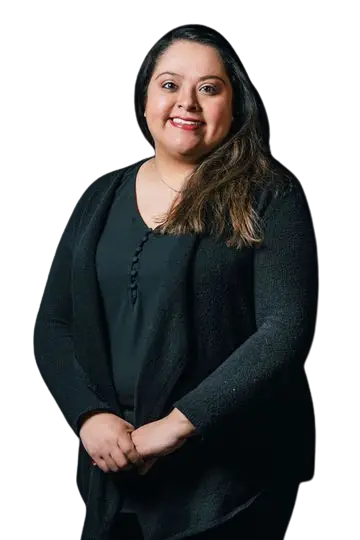Since its inception, Costa Ivone has been dedicated to serving its clients and securing the restitution they deserve. Our commitment to a client-first approach, rooted in ethics, morals, and justice, has resulted in consistent success, with notable recoveries each year.
Founding attorney Anthony Ivone was selected as a “Rising Star” by Super Lawyers magazine. Fellow founder Julio Costa has recovered over $50 million for his injured clients in the last five years. Both Anthony and Julio were named on NTLA’s 40 under 40 list from 2015 to 2023, alongside their team there is nothing this firm can’t achieve.
Our personal injury lawyers will help you navigate the legal system and will stand up for your rights.
From negotiations to courtroom advocacy, our dedicated lawyers are committed to securing the compensation and justice you deserve.
When the unexpected happens on the road, trust our dedicated car injury attorneys to drive your case toward the justice and compensation you deserve.
Take on the challenges of a truck injury with a legal team that understands the complexities—securing substantial results for your recovery.
Turn a slip and fall setback into a comeback with our legal team dedicated to securing the compensation you need for a solid recovery.
Take the first step towards resolution by exploring our expertise.
BICYCLE ACCIDENT
ELEVATOR ACCIDENT
COVID WORK INJURY
WORK INJURY
MOTOR VEHICLE COLLISION
WORK INJURY
MOTOR VEHICLE COLLISION


